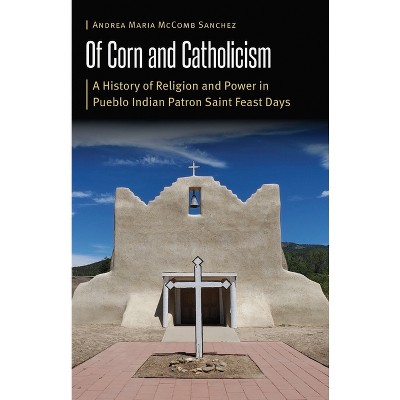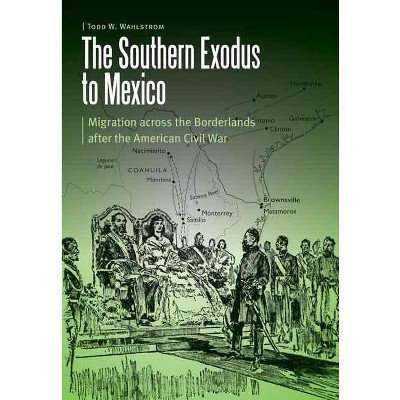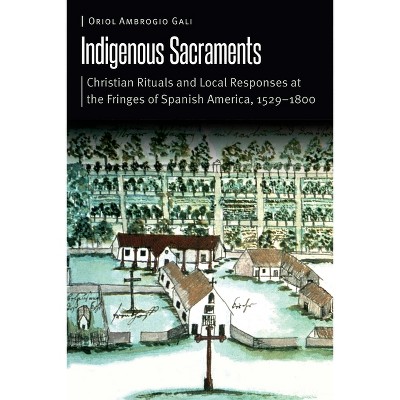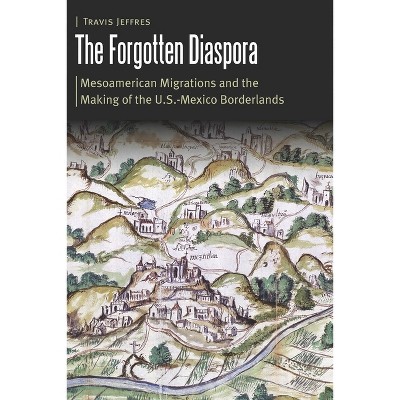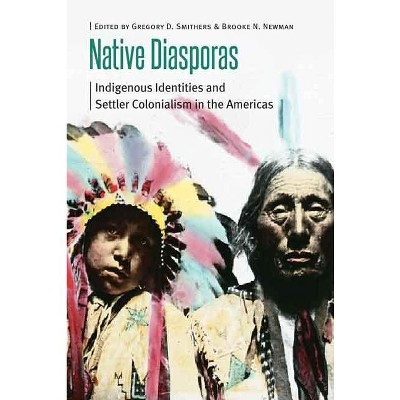The Borderland of Fear - (Borderlands and Transcultural Studies) by Patrick Bottiger (Hardcover)

$50.00 when purchased online
Target Online store #3991
About this item
Highlights
- Published through the Early American Places initiative, supported by the Andrew W. Mellon Foundation.
- About the Author: Patrick Bottiger is an assistant professor of history at Kenyon College.
- 270 Pages
- History, United States
- Series Name: Borderlands and Transcultural Studies
Description
About the Book
"The Ohio River Valley was a place of violence in the nineteenth century, something witnessed on multiple stages ranging from local conflicts between indigenous and Euro-American communities to the Battle of Tippecanoe and the War of 1812. To describe these events as simply the result of American expansion versus indigenous nativism disregards the complexities of the people and their motivations. Patrick Bottiger explores the diversity between and among the communities that were the source of this violence. As new settlers invaded their land, the Shawnee brothers Tenskwatawa and Tecumseh pushed for a unified Indigenous front. However, the multiethnic Miamis, Kickapoos, Potawatomis, and Delawares, who also lived in the region, favored local interests over a single tribal entity. The Miami-French trade and political network was extensive, and the Miamis staunchly defended their hegemony in the region from challenges by other Native groups. Additionally, William Henry Harrison, governor of the Indiana Territory, lobbied for the introduction of slavery in the territory. In its own turn, this move sparked heated arguments in newspapers and on the street. Harrisonians deflected criticism by blaming tensions on indigenous groups and then claiming that antislavery settlers were Indian allies. Bottiger demonstrates that violence, rather than being imposed on the region's inhabitants by outside forces, instead stemmed from the factionalism that was already present. The Borderland of fear explores how these conflicts were not between nations and races but rather between cultures and factions."--Dust jacket.Book Synopsis
Published through the Early American Places initiative, supported by the Andrew W. Mellon Foundation. The Ohio River Valley was a place of violence in the nineteenth century, something witnessed on multiple stages ranging from local conflicts between indigenous and Euro-American communities to the Battle of Tippecanoe and the War of 1812. To describe these events as simply the result of American expansion versus Indigenous nativism disregards the complexities of the people and their motivations. Patrick Bottiger explores the diversity between and among the communities that were the source of this violence.As new settlers invaded their land, the Shawnee brothers Tenskwatawa and Tecumseh pushed for a unified Indigenous front. However, the multiethnic Miamis, Kickapoos, Potawatomis, and Delawares, who also lived in the region, favored local interests over a single tribal entity. The Miami-French trade and political network was extensive, and the Miamis staunchly defended their hegemony in the region from challenges by other Native groups. Additionally, William Henry Harrison, governor of the Indiana Territory, lobbied for the introduction of slavery in the territory. In its own turn, this move sparked heated arguments in newspapers and on the street. Harrisonians deflected criticism by blaming tensions on indigenous groups and then claiming that antislavery settlers were Indian allies.
Bottiger demonstrates that violence, rather than being imposed on the region's inhabitants by outside forces, instead stemmed from the factionalism that was already present. The Borderland of Fear explores how these conflicts were not between nations and races but rather between cultures and factions.
Review Quotes
"The Borderland of Fear offers a well-written, thought-provoking meditation on the complexity of Indian-White relations on the early frontier."--Robert M. Owens, Tribal College Journal of American Indian Higher Education
"Bottiger has produced a deeply researched and careful volume, one that represents the best job yet of examining the sources for Tippecanoe."--American Historical Review
"Much of what we know about Prophetstown, Patrick Bottiger tells us in this provocative and fascinating new book, is a lie. But lies reveal as well as conceal, and in his hands the world of the Miami borderlands, which the lies both divulge and helped create, is far more compelling than the clashing Indian and American nationalisms that the older stories tell about Tippecanoe."--Richard White, Margaret Byrne Professor of American History at Stanford University and past president of the Organization of American Historians
-- (2/24/2016 12:00:00 AM)
"This book is a welcome addition to the historiography and contributes a valuable analysis to what some might see as familiar territory."--John P. Bowes, Journal of American History
About the Author
Patrick Bottiger is an assistant professor of history at Kenyon College.Dimensions (Overall): 9.0 Inches (H) x 6.0 Inches (W) x .75 Inches (D)
Weight: 1.21 Pounds
Suggested Age: 22 Years and Up
Number of Pages: 270
Genre: History
Sub-Genre: United States
Series Title: Borderlands and Transcultural Studies
Publisher: University of Nebraska Press
Theme: State & Local
Format: Hardcover
Author: Patrick Bottiger
Language: English
Street Date: November 1, 2016
TCIN: 88985037
UPC: 9780803254848
Item Number (DPCI): 247-58-0429
Origin: Made in the USA or Imported
If the item details aren’t accurate or complete, we want to know about it.
Shipping details
Estimated ship dimensions: 0.75 inches length x 6 inches width x 9 inches height
Estimated ship weight: 1.21 pounds
We regret that this item cannot be shipped to PO Boxes.
This item cannot be shipped to the following locations: American Samoa (see also separate entry under AS), Guam (see also separate entry under GU), Northern Mariana Islands, Puerto Rico (see also separate entry under PR), United States Minor Outlying Islands, Virgin Islands, U.S., APO/FPO
Return details
This item can be returned to any Target store or Target.com.
This item must be returned within 90 days of the date it was purchased in store, shipped, delivered by a Shipt shopper, or made ready for pickup.
See the return policy for complete information.
Trending History
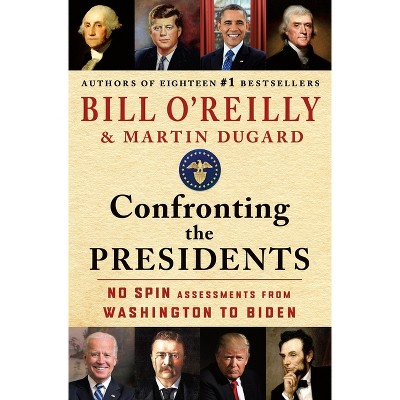
$20.99 - $21.15
MSRP $20.00 - $35.00
Buy 2, get 1 free select books, movies, music & Funko
4.5 out of 5 stars with 10 ratings
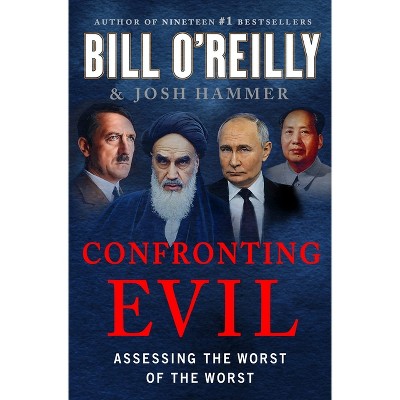
$20.80
was $22.40 New lower price
Buy 2, get 1 free select books, movies, music & Funko
5 out of 5 stars with 1 ratings
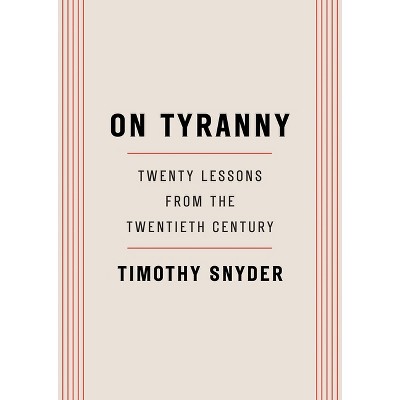
Highly rated
$7.31
MSRP $7.99
Buy 2, get 1 free select books, movies, music & Funko
5 out of 5 stars with 16 ratings
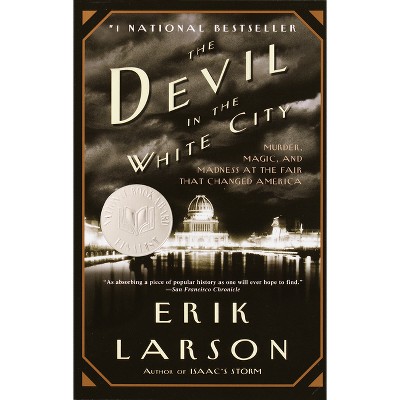
$15.40
Buy 2, get 1 free select books, movies, music & Funko
4 out of 5 stars with 4 ratings
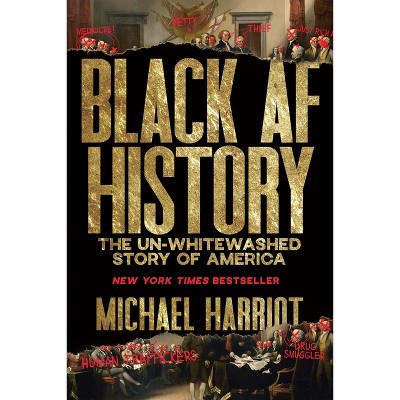
$20.99
MSRP $32.50
Buy 2, get 1 free select books, movies, music & Funko
5 out of 5 stars with 7 ratings

$17.84
MSRP $28.00
Buy 2, get 1 free select books, movies, music & Funko
5 out of 5 stars with 3 ratings
